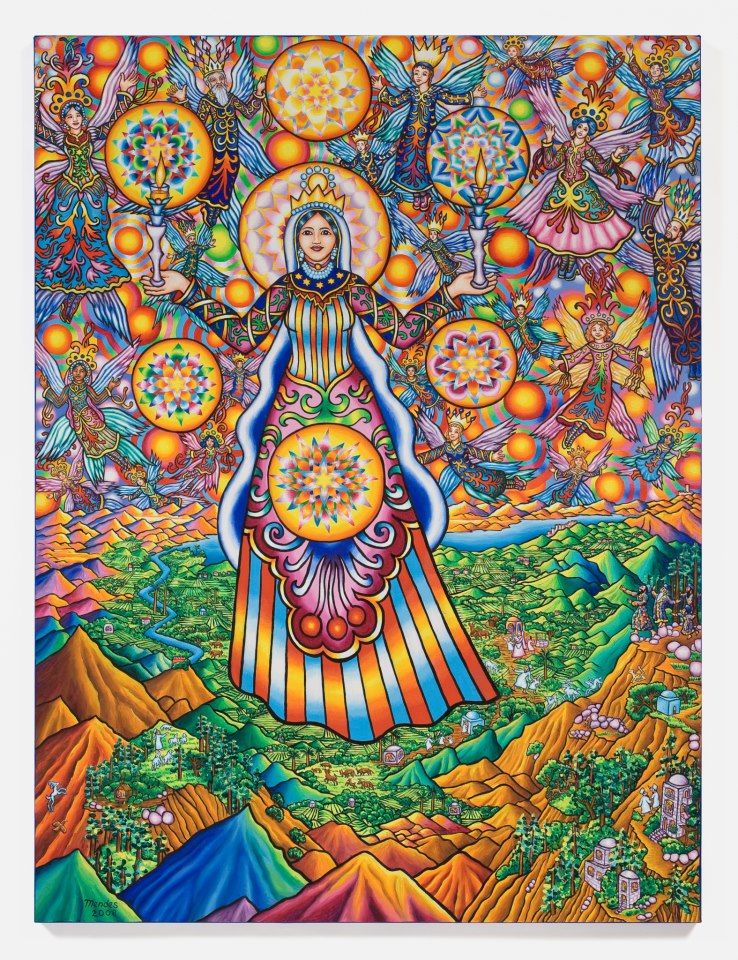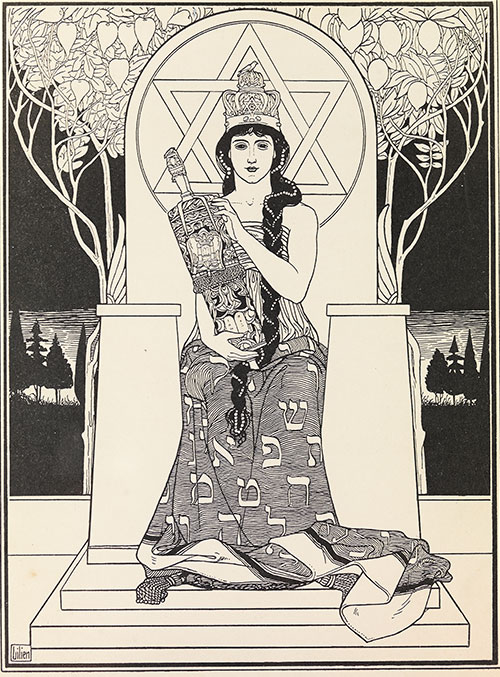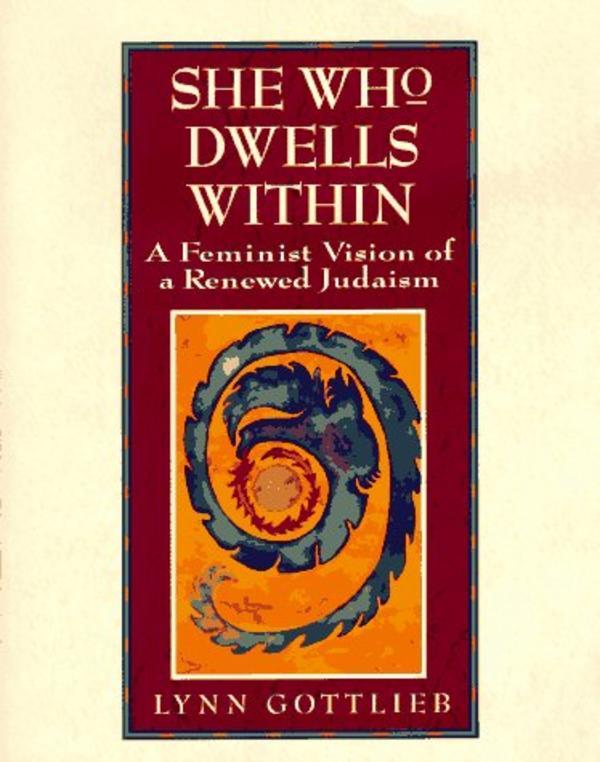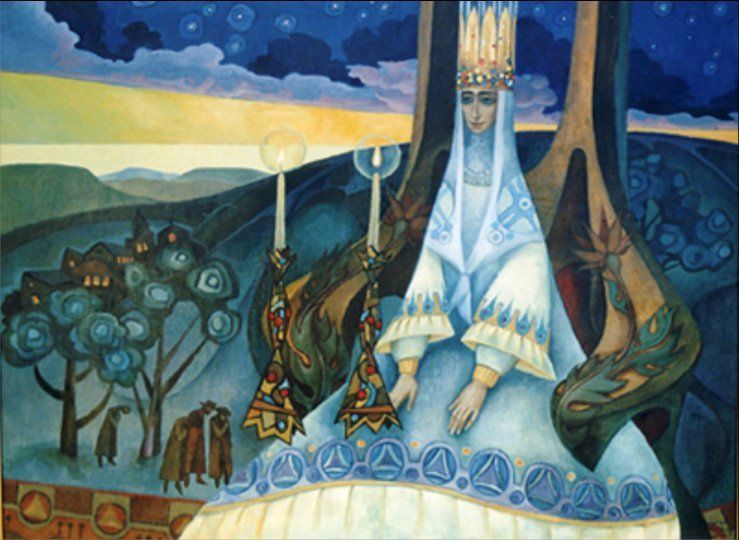Shabbat Gathering: Who’s the Shekinah?

Dear Chevra, as is our custom, we will gather tonight at 5.45p to welcome Shabbat. These are the coordinates:
Zoom
Meeting ID: 963 5113 1550
Password: 1989
Phone: +1 312 626 6799
(To unsubscribe from the newsletter, click the link at the very bottom of this email.)
Here we go.
I was chatting with a special friend about Shekinah, as one does, and she shared her conception of Shekinah: the mother who prepares a nice meal and gives you hugs. I had a different image in my head: the Sabbath bride has arrived and it’s our wedding night, but I didn’t dare share that with my friend because I thought it might reveal me to be the Naked Ape I really am. So, what’s the deal about the Shekinah?
Who or what is the Shekinah?
We say that the Shekinah comes to us on Shabbat Friday night and leaves when we say havdalah Saturday night. The idea of Shekinah dwelling with us goes back to Pirkei Avot, part of Mishnah which is part of the Talmud. There, in Pirkei Avot 3:2, we find this:
…but if two sit together and there are words of Torah [spoken] between them, then the Shekhinah abides among them…
And that’s pretty much the debut of the idea of Shekinah.
Some of the rabbis, make something out of how Shekinah and the word Mishkan, our temple, share a root that means to dwell. The Mishkan was somewhere where G-d dwelled and Shekinah is someone/something that dwells.

Again with the Kabbalists.
It was the Kabbalists that gendered Shekinah as female. It’s from Isaac Luria (1534 - 1572), where we pick up the idea of Shekinah being the Sabbath Queen. In Kabbalistic cosmology, Shekhinah is the closest / lowest sefirot (node) to the material world and the part of divinity most readily experienced in nature. So, it’s the feminine part that’s closest to us.
Gershom Scholem (1897 - 1982), considered THE modern academic expert on Kabbala, wrote this about the Kabbalists introducing Shekinah into Judaism:
The introduction of this idea was one of the most important and lasting innovations of Kabbalism. ...no other element of Kabbalism won such a degree of popular approval.

So, the idea of the feminine aspect of Hashem, Shekinah, kicked around for a few hundred years when, in the middle of the last century, people finally started to grasp the clear need for gender inclusivity in Judaism. Then in 1995, Rabbi Lynn Gottlieb wrote, “Just as Shekinah has been in exile, so Jewish women have been in exile.” That's from her book She Who Dwells Within, the title being a translation of the word / idea Shekinah.

And, from there, the idea rapidly began to take root and flourish in synagogue life. When I was “growing up” in a Reform synagogue, we had a minhag that, on Friday nights, during the last verse of Lecha Dodi, we would open the doors to the evening so as to let Shekinah into the sanctuary and dwell with us. And this is a common practice.
The Divine with a thousand faces?
I get a bit uncomfortable writing about male and female aspects of Hashem. There’s the whole anthropomorphizing G-d thing and the “graven image” thing, and it all smacks of paganism to me (not judging, just being descriptive) and, as someone who even regards Christianity as vaguely pagan, it’s something I want to steer clear of.
Nevertheless, I think the introduction of Shekinah into our spiritual lives is a very good thing. Someday, and may it be soon, we might create balance with the centuries-old idea of G-d as the old man with a beard. I like the idea of Shekinah pulling a warm kugel out of the oven and giving me a hug after a long week. And I like the idea of a Sabbath bride of course. And I like the idea of getting even more female energy into Judaism. It’s high time and long overdue.
And may it be for you a blessing.
See you tonight!
All my love,
brian.
